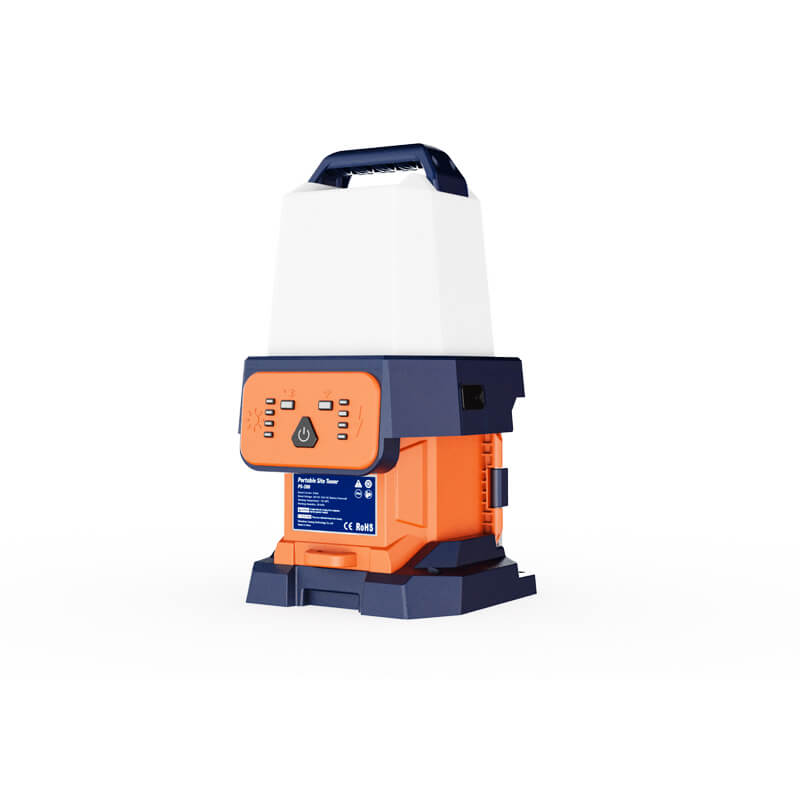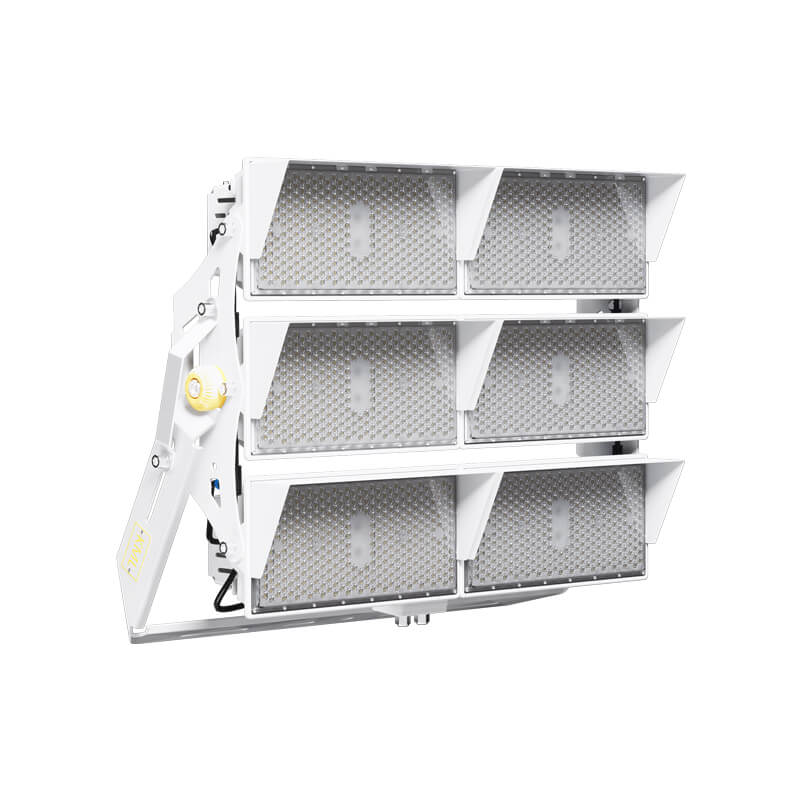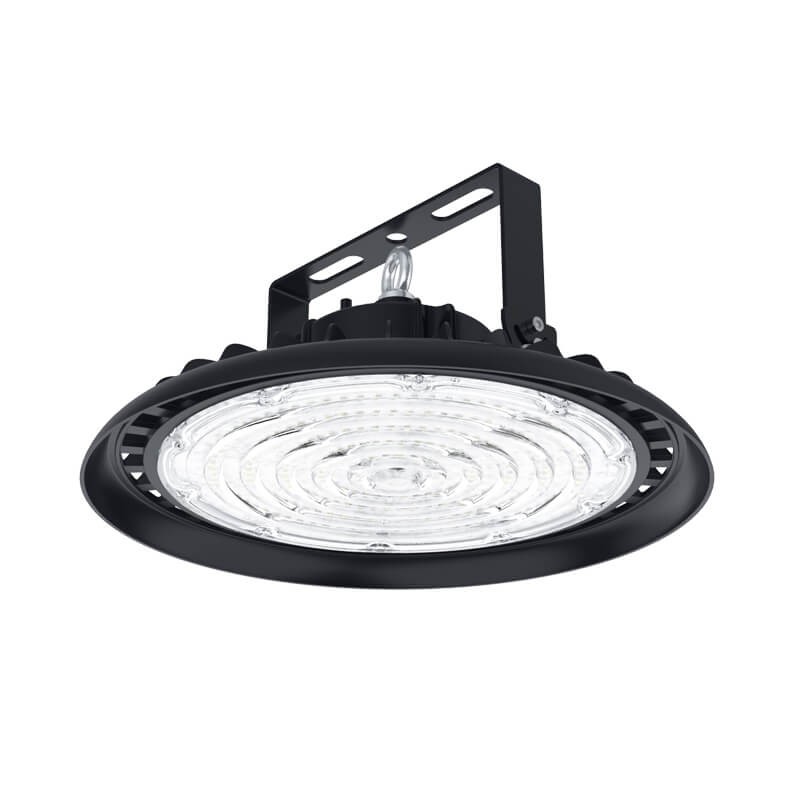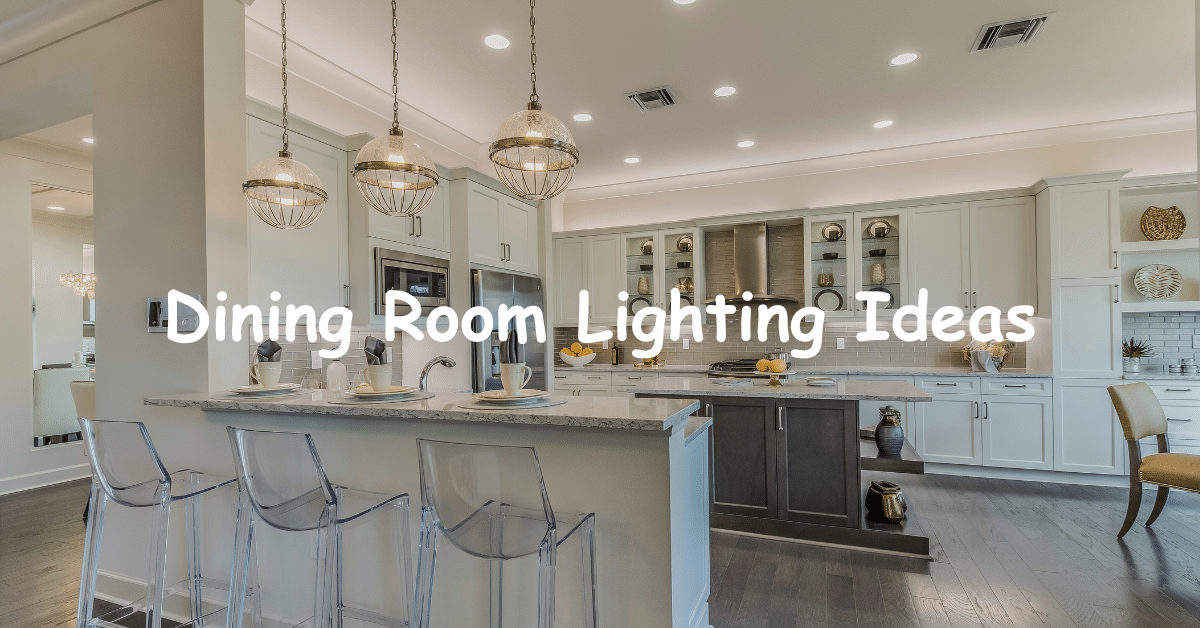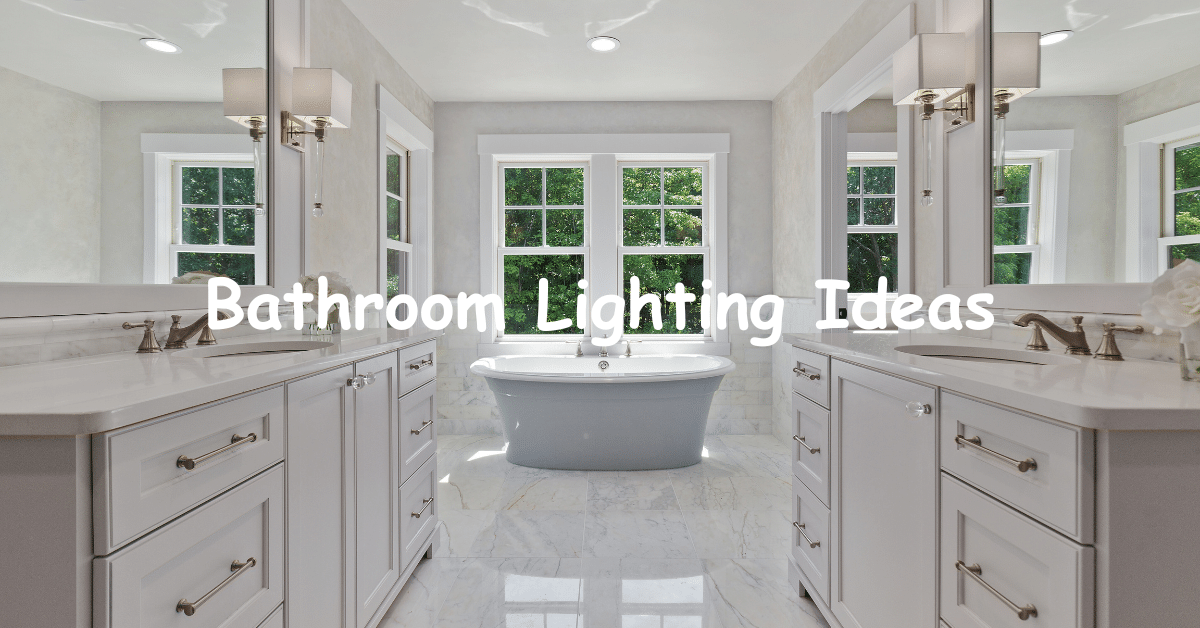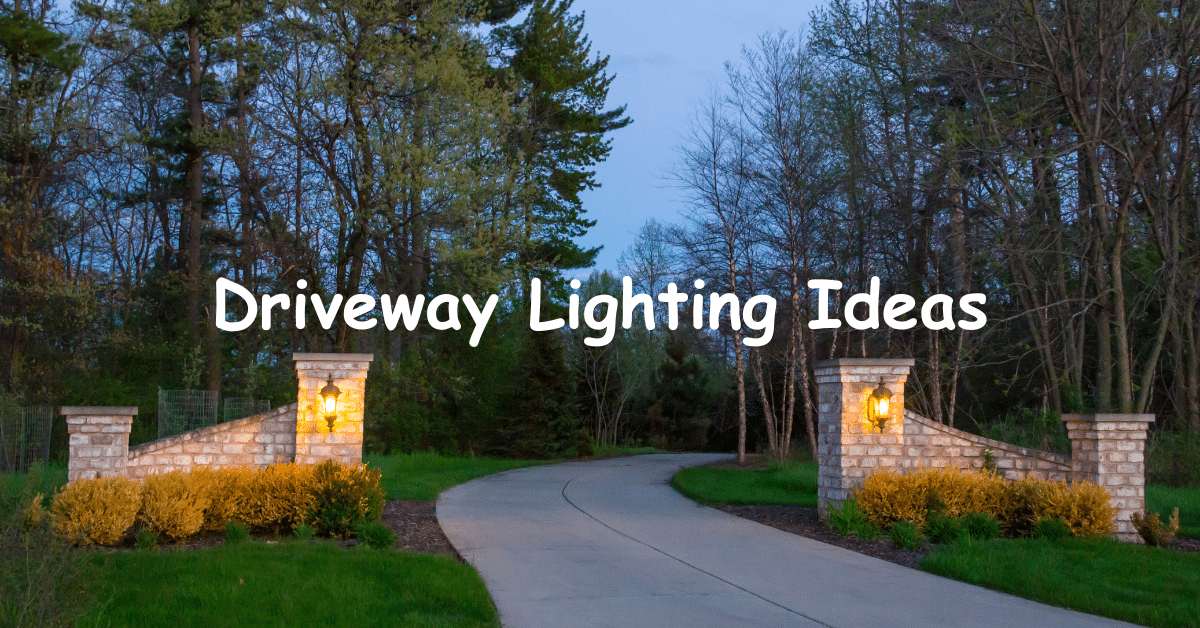Home » Warehouse Lighting
Wholesale Custom Warehouse Lighting Manufacturer In China
- Murcu offers a wide range of warehouse lighting.
- Enjoy excellent quality warehouse lighting at competitive factory prices.
- Complete customized warehouse lighting process and service.
- Fully accept OEM/ODM warehouse lighting requirements.
- One-stop warehouse lighting solution for R&D, manufacturing and logistics.
- Fast and free quote.
Types of Wholesale Warehouse Lighting
Murcu offers a comprehensive range of wholesale warehouse lighting solutions, including LED high bays, low bays, and panel lights, designed to meet the diverse needs of any industrial space. Our products combine energy efficiency with durability, ensuring optimal illumination and safety for your warehouse operations.
Warehouse Lighting Features From Murcu
Murcu’s warehouse lighting solutions are engineered for excellence, boasting a luminous efficacy of 200 lm/w, which translates to outstanding energy efficiency. With an SDCM greater than 5, our lights provide consistent color quality, reducing visual fatigue in the workspace. Our offerings include multiple beam angles—60°, 90°, and 120°—to ensure tailored illumination for various warehouse layouts. Designed for longevity, our products achieve an L70/B10 rating at 100,000 hours, ensuring years of reliable service. Additionally, with an IP65 waterproof rating, our lights are built to withstand harsh environments. We back our products with a five-year warranty, giving you confidence in your investment. For a personalized quote, please reach out to us today!
Warehouse Lighting Advantages At Murcu
High Efficiency
Our lighting solutions are designed to consume less energy, significantly reducing operational costs.
Long Lifespan
With high-quality materials, Murcu lights offer extended lifespans, minimizing replacement frequency and maintenance costs.
Enhanced Visibility
Our products provide bright, uniform lighting to improve safety and productivity in the warehouse.
Customizable Solutions
We offer tailored lighting designs to meet the specific requirements of your warehouse layout and activities.
Sustainability
Our commitment to eco-friendly practices ensures that our lighting solutions are not only effective but also environmentally responsible.
Easy Installation
Designed for straightforward installation, our lighting solutions save time and labor costs.
Ready to make the switch to energy-efficient lighting
Warehouse Lighting Customization Options From Murcu
Tailored Designs
We provide custom lighting designs to fit your warehouse layout and specific operational requirements.
Brightness Levels
Choose from a range of lumen outputs to achieve the ideal brightness for various work areas.
Color Temperature
Select from different color temperatures, such as cool white or warm white, to create the desired ambiance and improve visibility.
Finish and Aesthetics
Choose from various finishes and styles to match your warehouse's design and branding.
Beam Angle
Customize beam angles to focus light where it’s needed most, enhancing efficiency in specific zones.
Emergency Features
Incorporate emergency lighting options for safety compliance and peace of mind.
Custom Your Warehouse Lighting Step By Step
Needs Analysis
Evaluate the specific lighting requirements of your warehouse, including layout, activities, and safety regulations.
Design Proposal
Choose appropriate lighting types and configurations based on the assessment to meet both functional and aesthetic needs.
Sample Review
Provide samples for testing to ensure that the light output, color temperature, and design meet expectations.
Production Scheduling
Develop a production plan based on the confirmed order and requirements to ensure timely manufacturing and delivery.
Quality Inspection
Conduct rigorous quality inspections during the production process to ensure all products meet standards and customer specifications.
Delivery Support
Arrange for prompt delivery and offer installation support to ensure customers can successfully implement their lighting systems.
Your Custom Warehouse Lighting Supplier
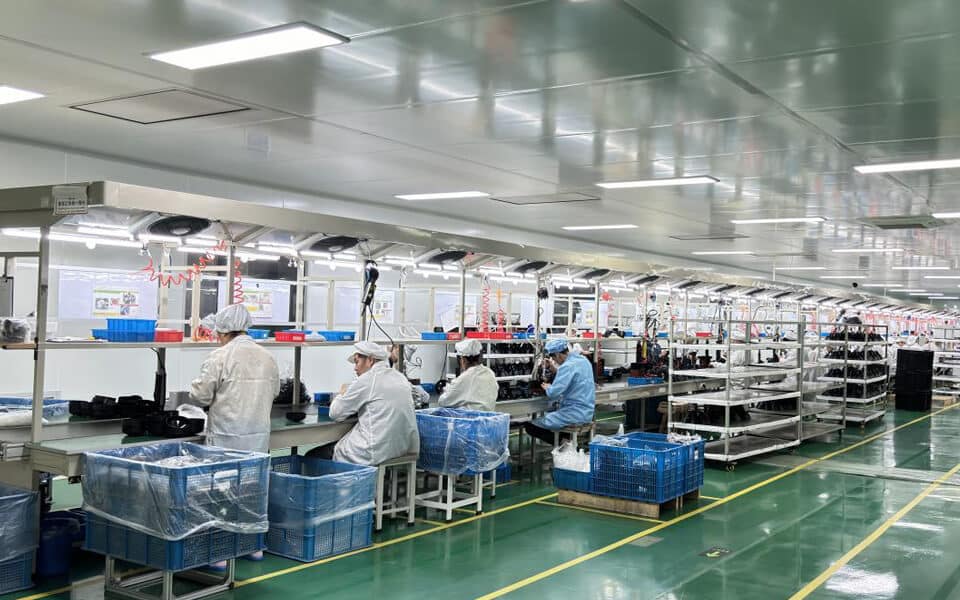
At Murcu, we understand that every warehouse is unique. That’s why we specialize in providing tailored lighting solutions that enhance both visibility and productivity. Our wide range of high-quality LED products, from high bays to low bays, ensures you have the perfect fit for your space. With a focus on energy efficiency and durability, our lighting solutions not only improve safety but also reduce operational costs.
Partnering with Murcu means you’ll benefit from expert guidance throughout the entire process, from design to installation. Our dedicated team is committed to delivering exceptional service that meets your specific needs. Ready to transform your warehouse lighting? Contact us today to discuss your project and discover how we can help you illuminate your space effectively!
your Warehouse Lighting Manufacturer Capabilities
At Murcu, we pride ourselves on our comprehensive manufacturing capabilities that cater to the diverse needs of our clients. With our in-house design and R&D team, we develop innovative lighting solutions tailored to your specifications. We offer OEM/ODM services with a minimum order quantity of just 1,000 units, ensuring that you receive customized products that align perfectly with your brand. Our commitment to quality control guarantees that every product meets stringent standards, providing you with peace of mind.
In addition to manufacturing, we excel in order management, warehousing logistics, and robust after-sales support. Our streamlined processes ensure timely delivery and efficient handling of your orders. With Murcu, you’ll experience a seamless partnership from design to delivery. Ready to elevate your lighting solutions? Contact us today to learn how we can support your warehouse lighting needs!
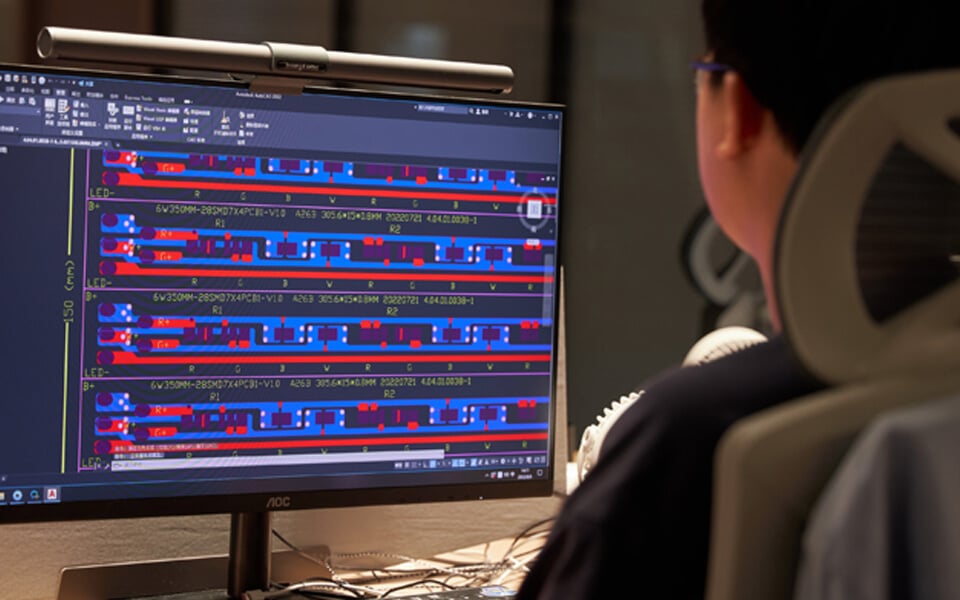
Why Choose Murcu for Warehouse Lighting Solutions
10 Years of Experience
With a decade of expertise in the industry, we understand the nuances of warehouse lighting needs.
Diverse Solutions
We offer a wide range of lighting solutions tailored to fit various warehouse configurations and requirements.
Quality Assurance
Our rigorous quality control processes ensure that every product meets high standards of performance and reliability.
Innovative Approach
We utilize the latest technology and design practices to deliver cutting-edge lighting solutions.
Robust Customer Support
Our dedicated team is committed to providing exceptional support throughout the entire process, from selection to installation.
Sustainability Focus
We prioritize energy-efficient products that help reduce your carbon footprint while lowering operational costs.
Introduction to Murcu’s Warehouse Lighting
Large warehouses have unique lighting needs due to their vast floors, high ceilings, and diverse tasks. Proper warehouse lighting ensures safety and productivity by providing uniform illumination across aisles, shelves, and work areas. Facilities often target about 10–30 foot-candles of light for general storage zones, with brighter levels (50–100 fc or more) in inspection or packing areas. High ceilings (20–40+ feet) and long rack aisles can create glare and shadows, so fixtures must be carefully placed to avoid dark spots and excessive contrast. Uniformity and color quality also matter: good Color Rendering Index (CRI) and the right color temperature (often 4000–5000K for warehouses) help workers see clearly and reduce eye strain.
Technical challenges: Warehouses often use metal shelves and equipment that absorb light, requiring higher lumen output to achieve target illuminance. Cold or hot environments (refrigerated zones or overheated industrial bays) can affect some fixture types. Long maintenance cycles are also a concern: changing lamps or ballasts high overhead is labor-intensive and costly if lights burn out frequently. Regulations (e.g. OSHA) typically require at least 5 fc along aisles and exits; more is needed for detailed tasks. Lighting design must balance all these factors while controlling glare and shadows.
Warehouse lighting types: Traditionally, facilities used HID (High-Intensity Discharge) lamps like metal-halide or high-pressure sodium, or fluorescent high-bays. These older systems can provide bright light but have drawbacks: they consume a lot of power, have short lifetimes (6,000–15,000 hrs for metal-halide), require warm-up time, and contain hazardous mercury. LED warehouse lighting has emerged as a superior solution, especially in high-bay applications. LEDs deliver high lumens per watt, instant on/off switching, dimming capabilities, and extremely long life (50,000–100,000+ hours). This reduces maintenance visits, improves reliability, and avoids warm-up delays when lights are switched on during breaks or motion-sensor operation.
Comparing Lighting Solutions
In choosing warehouse lights, facilities typically compare options side-by-side. Key factors include energy use, light output, lifespan, and total cost. A snapshot comparison:
Metal Halide (MH) High Bay: Produces high lumen output but at low efficiency (~75–100 lm/W). Short life (~6–15K hrs) and poor dimming. Generates heat and requires bulb warm-up. Contains mercury, disposal issues.
Fluorescent High Bay (T5/T8): Moderate efficiency (~80 lm/W), decent CRI, immediate on/off. Moderate life (~20K hrs). Bulkier fixtures, suffers lumen depreciation, and still contains mercury. Good for moderate-height areas but less robust for very high ceilings.
LED High Bay (UFO or Linear): Very high efficiency (often 130–150 lm/W or more). Instant-on, dimmable, flicker-free. Lifespan 50K–100K hrs (7–15× longer than MH). Low heat output, no mercury, robust build (often aluminum bodies, IP65-rated). Higher upfront cost but dramatically lower operating expense.
Induction or other specialized lights: Induction lamps (rare) avoid mercury and have long life, but still lag LEDs in efficiency. Low bays or strip fixtures (e.g. fluorescent tubs) are used in mezzanines or lower-ceiling storage but generally are being phased out in favor of LED equivalents.
Overall, LED lights for warehouses are now considered best practice. They use up to 75–90% less energy than older lamps. One study found LEDs cut electrical use by about 80% when replacing 1000W metal-halide fixtures. In addition, LEDs avoid frequent re-lamping: while a metal-halide bulb might last a few years at most, an LED module can run maintenance-free for a decade or more in typical operating hours.
In fact, a case study of a warehouse retrofit demonstrated that switching from fluorescent high-bays to LED high bays yielded an 84% increase in annual ROI (due to energy and maintenance savings). Another project at an aircraft hangar showed replacing 1,000W MH lights with 200W LEDs cut lighting energy by 80%. These results reflect general trends: LEDs generate the same or better light for a fraction of the power. ENERGY STAR notes that LEDs can match traditional bulbs’ brightness using 90% less electricity, and DOE statistics show LEDs last roughly 15× longer than incandescents.
Key Benefits of LED Warehouse Lighting
Energy Efficiency: By using advanced diodes, LED warehouse lights typically run at above 130 lm/W (some up to 150–200 lm/W), whereas metal-halide or HID lights are often under 70 lm/W. This means roughly 75–90% less power is needed for the same output. In practical terms, a 200W LED high bay can easily replace a 600W HID, saving ~400W per fixture. Over thousands of operational hours, these savings add up dramatically.
Long Life & Reliability: Typical LED high bays are rated for 50,000–100,000 hours, versus ~6,000–15,000 hours for MH or ~20,000 for fluorescent. That translates to years between replacements – often the lifetime of the facility for many installations. Long life reduces maintenance trips, ladder use, and downtime. LEDs also do not burn out suddenly; most dim gradually, often leaving the area better lit than a dying mercury lamp or burned-out fluorescent tube.
Light Quality: LEDs come in various color temperatures, commonly 4000K–5000K (neutral to daylight white), which improves visibility of colors and details. High-quality LED fixtures offer CRI 80–90+, ensuring accurate color rendering for reading labels and spotting defects. Unlike MH or sodium lights, LEDs turn on instantly at full brightness, with no warm-up or restrike delay.
Controls & Dimming: Many LED systems integrate easily with occupancy sensors, daylight harvesting, or smart controls. Because LEDs can be dimmed without shifting color or flicker, warehouses can vary illumination by zone or time (e.g. dim lights in unused aisles, or bright lighting during busy shifts only). These features further boost energy savings. (Some LED providers like Murcu even offer fixtures with built-in microwave sensors or networked dimming drivers.)
Lower Heat Output: LEDs convert much more energy to light and less to heat. A metal-halide lamp may dump ~90% of its power as heat, whereas LEDs might only emit 20% as heat. This can reduce cooling loads in temperature-controlled warehouses, or prevent overheating issues under racks.
Environmental and Safety: No mercury, no UV emissions, and solid-state construction mean LEDs are safer and greener. They tolerate vibration and cold better than fragile bulbs. Many LED high bays are rated IP65 or similar for dust/water resistance – useful for humid or dusty storage areas.
Installation Tips and Best Practices
Installing warehouse lights (often high bays) requires planning for height, spacing, and wiring. Here are some practical tips:
Layout Planning: Perform a lighting layout design based on floor plans. Mark fixture centers so that beam patterns overlap adequately (typically 1–1.5× mounting height spacing). For very tall ceilings, narrow-beam UFO high bays or lensed linear fixtures help concentrate light on the floor. For medium ceilings, linear high-bay fixtures (long bars) provide broad coverage over aisles. Manufacturers (including Murcu) often supply spacing tables or design guides for their products – follow these or consult a lighting engineer to hit target footcandles.
Mounting and Hardware: Use the proper mounts (hook, chain, pendant rod, or suspension) recommended by the fixture maker. Many LED warehouse lights include mounting hardware; for example, UFO round high bays usually have a hook on top. Ensure all supports (chains, cables, rods) are rated for the fixture weight and seismic requirements. Keep fixtures level and secure to avoid tilting or falling. Installation should follow electrical codes: use approved connectors, strain reliefs, and conduit as needed.
Wiring and Controls: Plan wiring routes for AC power and control lines. If using sensors or DALI/0-10V dimmers, route control cables. Label circuits clearly. Consider grouping lights on separate circuits (e.g. row by row) to allow partial dimming or scheduling. Check that the facility’s power supply can handle total wattage; many LED high bays can also run on both 120–277VAC or 347–480VAC – choose the right driver version. A licensed electrician should perform all wiring.
Vibration and Environment: In warehouses with heavy equipment, avoid mounting lights near vibrating machinery or conveyors. Ensure fixtures are rated for any environmental factors (e.g. IP rating for washdowns or dust). If installing in low-temperature areas (freezers, cold storage), select LEDs and drivers rated for those conditions.
Commissioning and Verification: After installation, measure light levels with a lux meter to verify the design. Adjust aiming or spacing if needed. Teach staff how to operate any dimmers or sensors. Check each fixture’s operation and note any errors. (Tip: have an installation guide or checklist from the lighting supplier, like Murcu’s installation manuals, to follow each step correctly.)
Energy Efficiency and ROI
Upgrading a warehouse to LED lights is primarily an investment decision. Key factors include energy cost, hours of operation, fixture cost, and incentives. Here are insights on ROI and savings:
Calculate Energy Savings: Compare the old fixture’s wattage and usage to the new LED’s. For example, replacing a 400W MH high bay with a 150W LED saves 250W per fixture. At 4000 hours/year, that’s 1,000 kWh saved annually per fixture. If electricity costs $0.10/kWh, each fixture saves $100/year. Multiply by the number of fixtures for total savings. High bays often run 12–24 hours/day in warehouses, so savings accumulate fast. The DOE estimates lighting retrofits typically cut industrial lighting energy by 25–60% through efficiency and controls.
Maintenance Savings: Factor in ladder and labor costs. If MH bulbs last only 10,000 hours, they must be changed 4–5 times over the LED’s life. Each re-lamp might cost hundreds of dollars in labor (and lift rentals). With LEDs (50K–100K hr life), you may only change a couple of drivers at most in a decade. These avoided maintenance costs improve ROI and uptime.
Case Studies & ROI: In practice, warehouses often see ROI in 1–3 years when switching to LEDs. For example, one case report found switching to LED high bays yielded an 84% higher annual ROI, thanks to dramatic cuts in power and maintenance. Another industrial hangar project saved 80% on lighting bills. LED return on investment improves in facilities with long operating hours and high energy rates – common in distribution centers running lights 24/7. Also check for rebates: many utility programs offer rebates or incentives for LED warehouse lighting upgrades, further shortening payback.
Monitor Results: After retrofit, track energy bills to confirm savings. Some modern systems allow submetering of lighting circuits, so you can see the load drop after the upgrade. This data can validate payback projections.
Comparison Table: Lighting Types (HID vs. Fluorescent vs. LED)
| Feature | Metal Halide / HID | Fluorescent / T5 Highbay | LED High Bay Lights |
|---|---|---|---|
| Wattage (typical) | 250–1000W | 250–400W | 100–300W |
| Luminous Efficacy | 70–100 lm/W | 60–80 lm/W | 100–160+ lm/W |
| Lumen Output | ~20,000–100,000 lm | ~20,000–50,000 lm | ~15,000–60,000 lm (model-dependent) |
| Color Temp/CRI | 3000–4200K, CRI 60–70 | 3500–5000K, CRI ~80 | 4000–5000K typical, CRI 70–90+ |
| Lifespan | ~6,000–15,000 hrs | ~15,000–25,000 hrs | ~50,000–100,000+ hrs |
| Warm-up | Yes (minutes) | No (instantly bright) | No |
| Dimming | Limited to special ballasts | Usually no (or special ballasts) | Yes (built-in or via drivers) |
| Maintenance | High (bulbs & ballast) | Medium (lamps & ballast) | Low (few parts, long life) |
| Energy Use | High (no electronics) | Medium | Low (electronic drivers) |
| Cost | Low unit cost, high run | Moderate unit cost/runs | Higher upfront, very low run cost |
| Hazards | Mercury, UV, heat, glare | Mercury, moderate heat | No mercury, low heat, no UV |
| Typical Uses | Very high open areas | Mid-height spaces | All heights (with proper model) |
From this, LEDs clearly dominate on efficiency, life, and safety. Industrial lighting guidelines (IES/ASHRAE) and facility managers now almost universally recommend LED warehouse lighting due to these advantages.
Additional Considerations and Tips
Control Systems: To maximize savings, pair LED lamps with sensors and controls. For example, install motion or occupancy sensors in infrequently used aisles or loading bays so lights dim when empty. Use daylight sensors where skylights or clerestories are present. Many modern LED high bays come with built-in sensor options (wireless or wired).
Correlated Color Temperature (CCT): A cooler (5000K) CCT can improve brightness and contrast perception but may feel harsher; warmer (4000K) is still common for warehouses. Maintain consistency: mixing colors leads to uneven look. (Murcu’s LED product line, for instance, offers selectable CCT models to fine-tune this on-site.)
Install Retrofitting: In some cases, retrofit kits can convert existing fluorescent fixtures to LED by replacing the ballast and lamps with LED modules. However, a full fixture replacement is generally better for high bays, since old troffers or strip fixtures may not distribute light well in high-ceiling spaces.
Lumen Maintenance: Clean fixtures periodically. Dust and dirt on lenses or reflectors can reduce output over time. Even though LEDs last long, dirt buildup can shorten effective life or require earlier replacement. A regular maintenance schedule (e.g. annually) helps sustain design light levels.
Safety and Signs: LED retrofit can be combined with emergency exit lights or signage. Since many old warehouses have separate exit lights, consider integrated solutions or backup drivers on LED panels.
Murcu’s LED Warehouse Lighting Fixtures
Selecting the right LED fixtures is crucial for optimal warehouse lighting. The choice depends on factors like ceiling height, layout, and specific application areas.
High bay LED lights are designed for spaces with ceilings ranging from 20 to 45 feet. They provide uniform and powerful illumination, making them ideal for warehouses, factories, and large retail spaces.
UFO High Bay LED Lights
UFO high bay lights have a circular, compact design resembling a UFO. They are known for:
- Easy Installation: Pre-installed hooks and lightweight design simplify mounting.
- Motion Sensors: Integrated sensors enhance energy efficiency by activating lights only when movement is detected.
-
Conical Beam: Provides focused illumination, reducing light wastage.
Applications include warehouses, manufacturing plants, gymnasiums, and airports.
Linear High Bay LED Lights
Linear high bay lights have a rectangular shape, making them suitable for illuminating aisles and narrow spaces. Features include:
-
Customizable CCT and Wattage: Allows selection of color temperature and brightness levels.
-
Easy Installation: Plug-and-play design with surface mounting options.
Commonly used in offices, libraries, galleries, and educational institutions.
Vapor Tight High Bay Lights
These fixtures are sealed to protect against moisture, dust, and contaminants. They are ideal for environments like food processing areas, cold storage units, and car washes.
LED Panel Lights
LED panel lights offer uniform illumination and are often used in areas requiring lower ceiling-mounted fixtures. They are suitable for offices within warehouse facilities or areas where a softer light is preferred.
Key Features of LED Warehouse Lighting
When selecting LED lighting for warehouses, consider the following features:
-
Luminous Efficacy: Measured in lumens per watt (Lm/W), higher efficacy indicates better energy efficiency.
-
Color Rendering Index (CRI): A higher CRI ensures colors appear more natural, important for tasks requiring color accuracy.
-
Ingress Protection (IP) Rating: Indicates the fixture’s resistance to dust and water.
-
Dimming Capabilities: Allows adjustment of brightness levels, contributing to energy savings.
-
Sensor Integration: Motion and daylight sensors enhance automation and efficiency.
Murcu: A Leading Manufacturer of LED Warehouse Lighting
Murcu is a prominent LED lighting manufacturer based in China, specializing in custom and wholesale solutions for various industrial applications. With over a decade of experience, Murcu offers a comprehensive range of products, including:
-
High Bay LED Lights: UFO, linear, and vapor tight options.
-
Low Bay Lights: Designed for ceilings under 15 feet.
-
Panel Lights: Suitable for offices and indoor areas.
-
Flood Lights and Stadium Lights: For outdoor and large-area illumination.
Murcu’s products are known for their durability, energy efficiency, and compliance with international standards. They also offer customization options to meet specific project requirements.
Benefits of Choosing Murcu for Warehouse Lighting
-
Quality Assurance: Murcu’s fixtures boast high luminous efficacy, excellent color consistency, and robust IP ratings.
-
Customization: Tailored solutions for CRI, voltage, beam angles, and sensor integration.
-
Warranty: Comprehensive warranties ensure long-term reliability.
-
Global Reach: Serving clients worldwide with efficient logistics and support.
The Bottom Line
Upgrading a warehouse’s lighting to LED-based warehouse lights offers multiple gains. Technically, LEDs meet or exceed all key criteria: they hit required light levels at a fraction of the power, maintain brightness longer, and provide flexible controls. Economically, the energy and maintenance savings lead to strong returns. A properly designed LED layout boosts worker safety (by ensuring consistent foot-candles), improves visual comfort, and may even enhance productivity (studies show optimized lighting can raise accuracy and speed by ~8%). Environmentally, LEDs reduce electricity use (lighting is roughly 17% of commercial building energy use) and avoid mercury.
